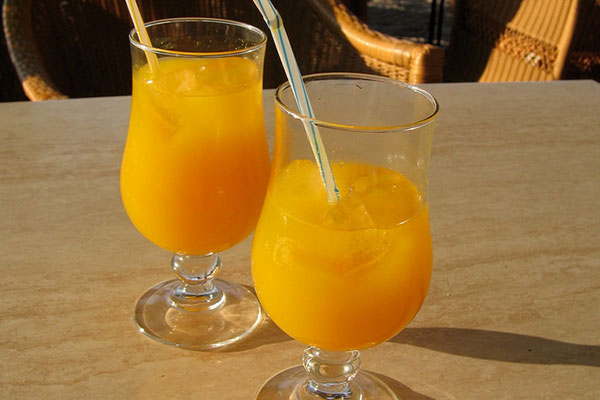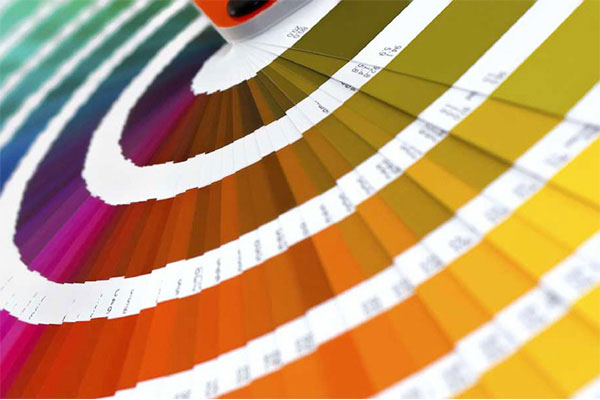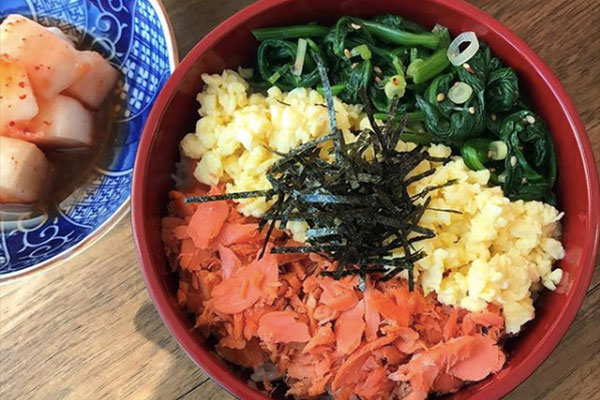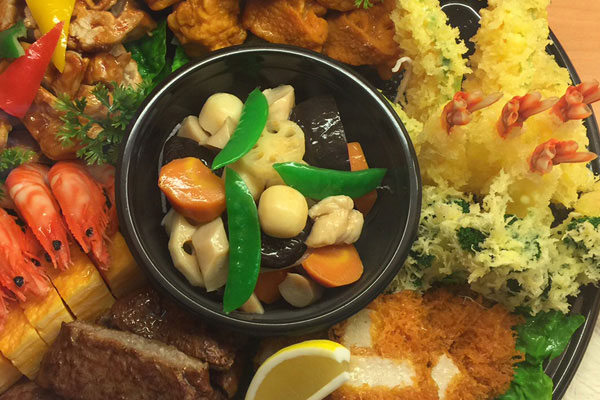“Your eyes are bigger than your stomach,” my Mom used to say; whenever us kids thought we could eat more than we could actually handle. Years later, that hasn’t changed a bit. How many of you are like that? When you think about it, our eyes are probably the most important organ when we eat—more than our palates or sense of taste. More of our brain’s cortex is used to process sight than to process taste, apparently.
If we eat with our eyes, then how important is color to our food? Super important. Did you know that the USDA grades orange juice according to a strict color standard? Don’t you look at the bottle for color at the supermarket before you buy? Of course! What else do you have to go by—usually you can’t sample it. Your vision is the first sense we use to verify what we’re about to eat or drink. In a color study conducted by the Journal of Food Science, the majority of subjects failed to identify the flavor of what they were drinking when blindfolded and given orange juice. When they were able to see what they were drinking, they all identified it correctly. That’s obvious, right? But when they were given a lime flavored drink that was colored orange, half of them mistakenly identified it as orange juice. Woah! See what our eyes did to us there?

Ever hear of the Munsell® Color company? These guys help businesses understand color and how to achieve what is perceived to be the ideal color for their product, or to match government regulations—like orange juice. So if you want to know what the best color is for tomatoes, honey, French fries or bacon, you use their color guide and it gives you the exact visual reference. Better looking fruit fetches higher prices. This is like Pantone® for food!

Everyone knows (or at least believes) that the color red stimulates a lot of emotions in us, including our appetities. There is a reason most fast-food companies use red in their logos and corporate coloring. Look around you and see. The color blue, on the other hand, suppresses our appetite and is virtually non-existent in naturally occurring food. In fact, color experts have measured this with devices like spectrophotometers and concluded that what we think is blue, tends to actually be more purple. So how come no blue?

A popular theory is that natural evolution plays a part in why blue is so rare. Plants absorb energy from light to grow efficiently, and blue has one of the highest energy wavelengths in the color spectrum. So instead of reflecting it back so that we can see it, the color is absorbed so the energy can be used–which means there’s not much blue to see. Pure blue is a rare pigment in nature anyway, because the chemistry has to be just right in plants for blue to occur, and it just doesn’t happen that often.
I guess we know why chefs put so much emphasis on their plating. It’s gotta look good!

Here’s a brilliant sushi assortment made with rice cookers from Zojirushi. The rice is plain white, but the colors are so bright and so inviting!
Here’s an interesting take on the classic Soboro Donburi, a tri-colored dish that uses color as much as flavor to make this a kid’s favorite!

If you want to make your own Soboro you can find a more traditional version by Zojirushi here.
And finally, check out this mouth watering spread of brilliant colors. All fake plastic! At most restaurants in Japan, plastic food models are displayed outside to lure customers in. What better way to whet your appetite than food porn in 3-D? I’m sure the colors are a wee bit exaggerated on purpose, but it works! For more on this subject, read my archived post here.

So you see? Next time you sit down to eat something delicious, eat with your eyes first and appreciate its beauty!
Food color science from The Colors We Eat by Tom Vanderbilt
Peppers by Andrew Malone, Blueberries by U.S. Dept. of Agriculture, Orange Juice by Britta Frahm, Color Chips by John Fischer
Above used with permission by Creative Commons license
Salmon Soboro by @IronChefMom, used with permission
Plastic Food Replicas by Bert Tanimoto from Bert-san Blog
Sushi by Amy Barnum of Zojirushi USA, used with permission

Leave a Reply